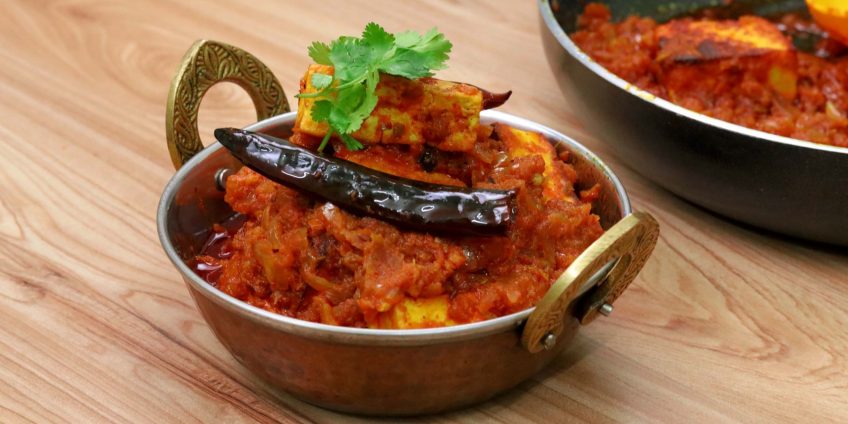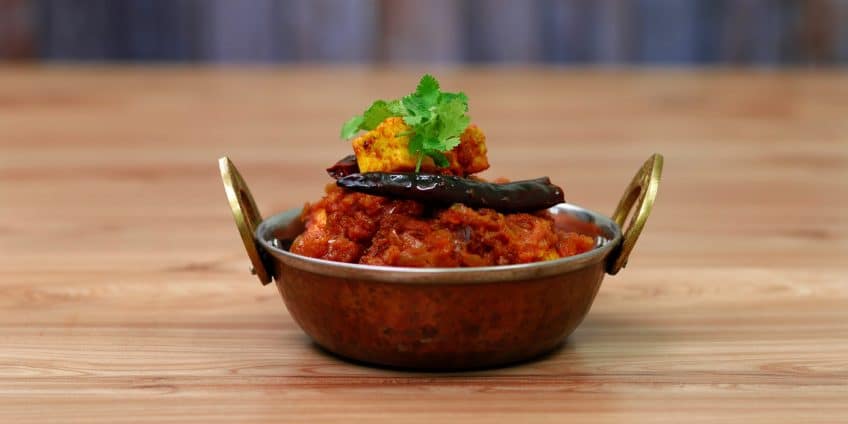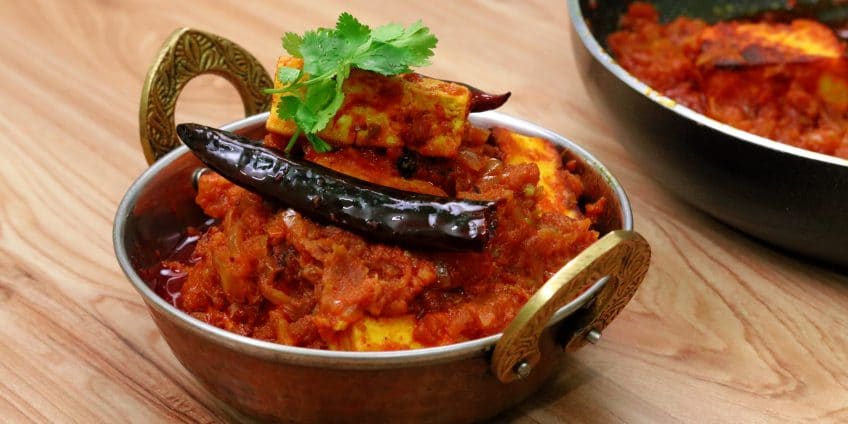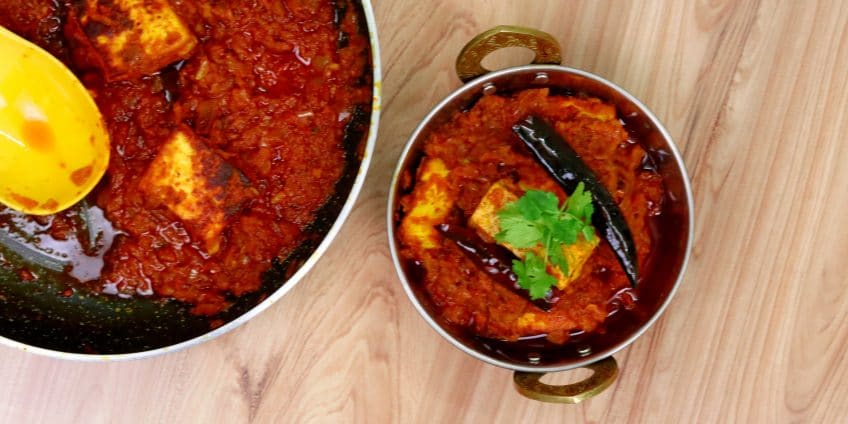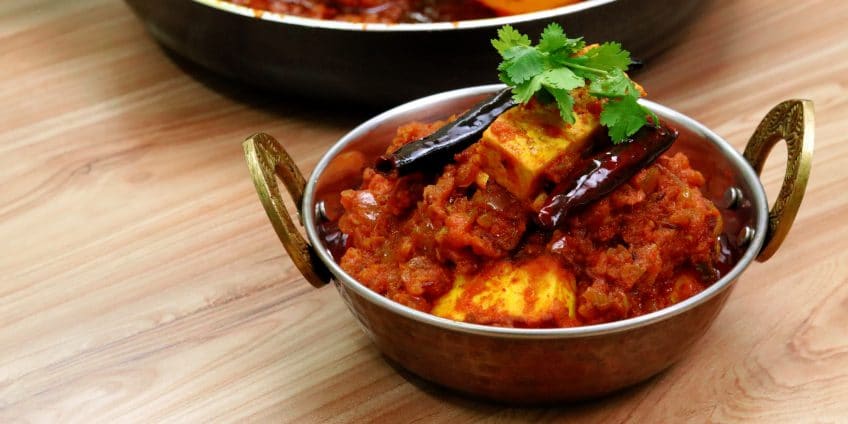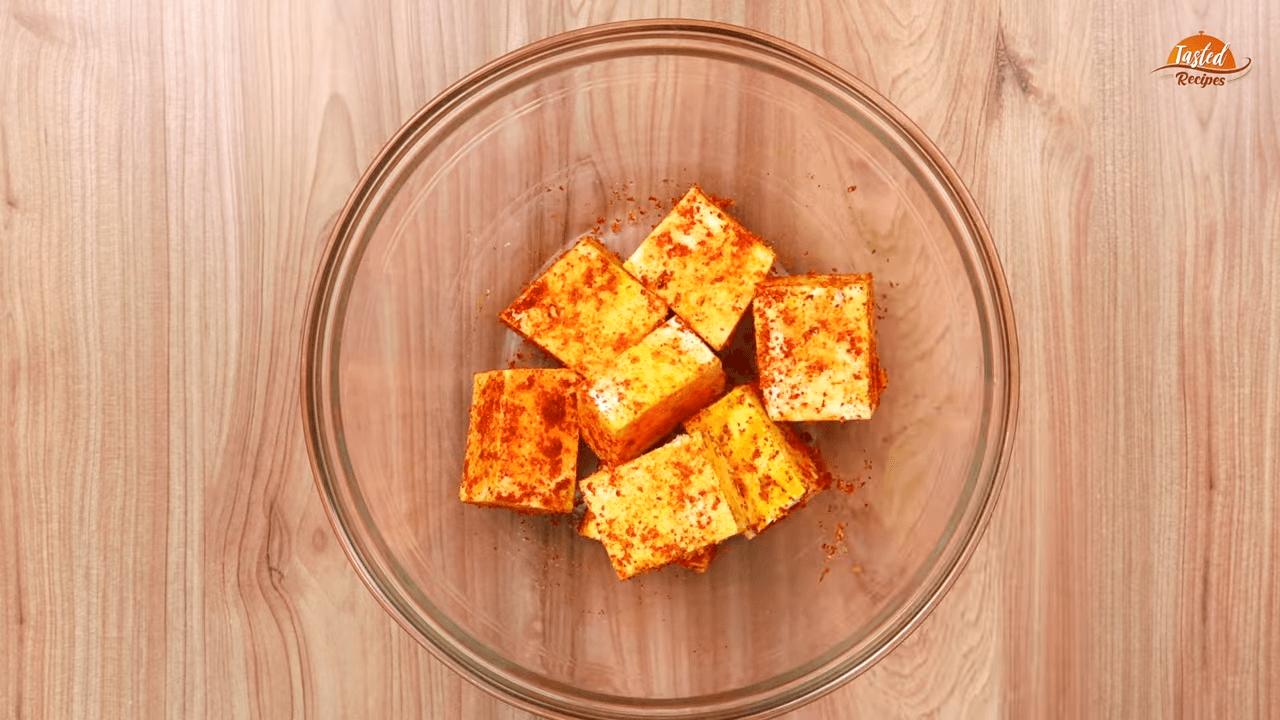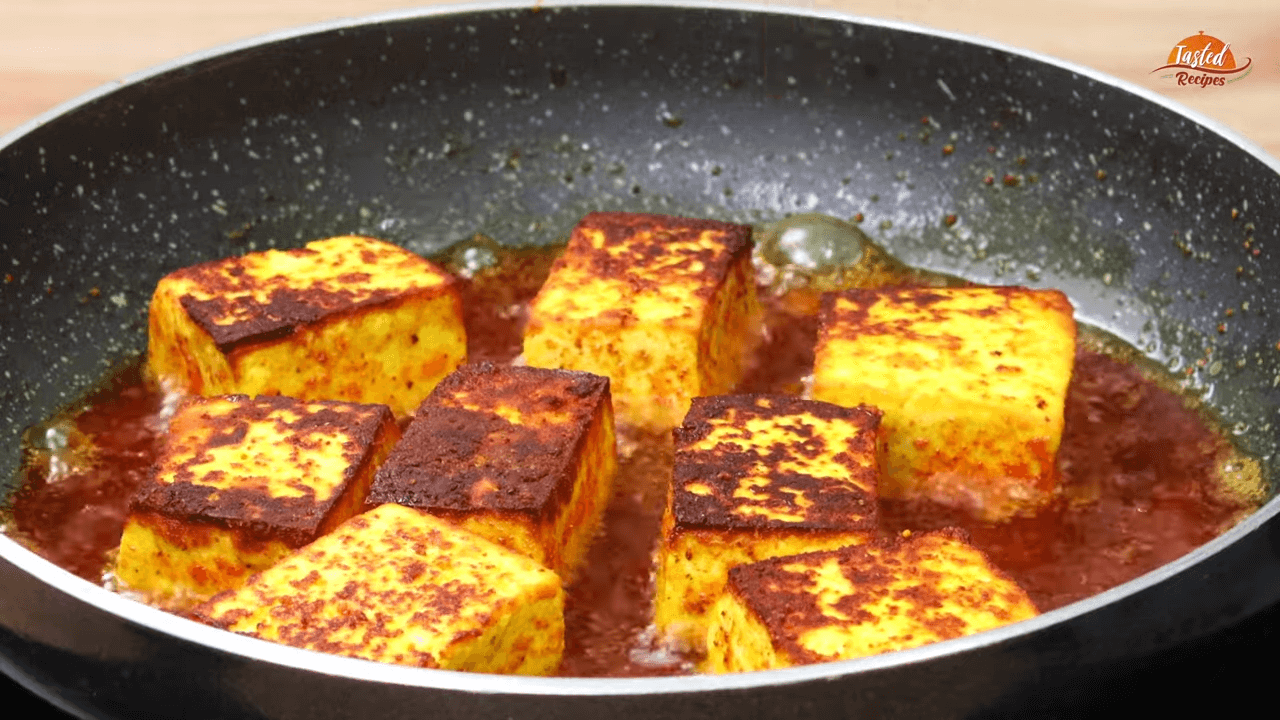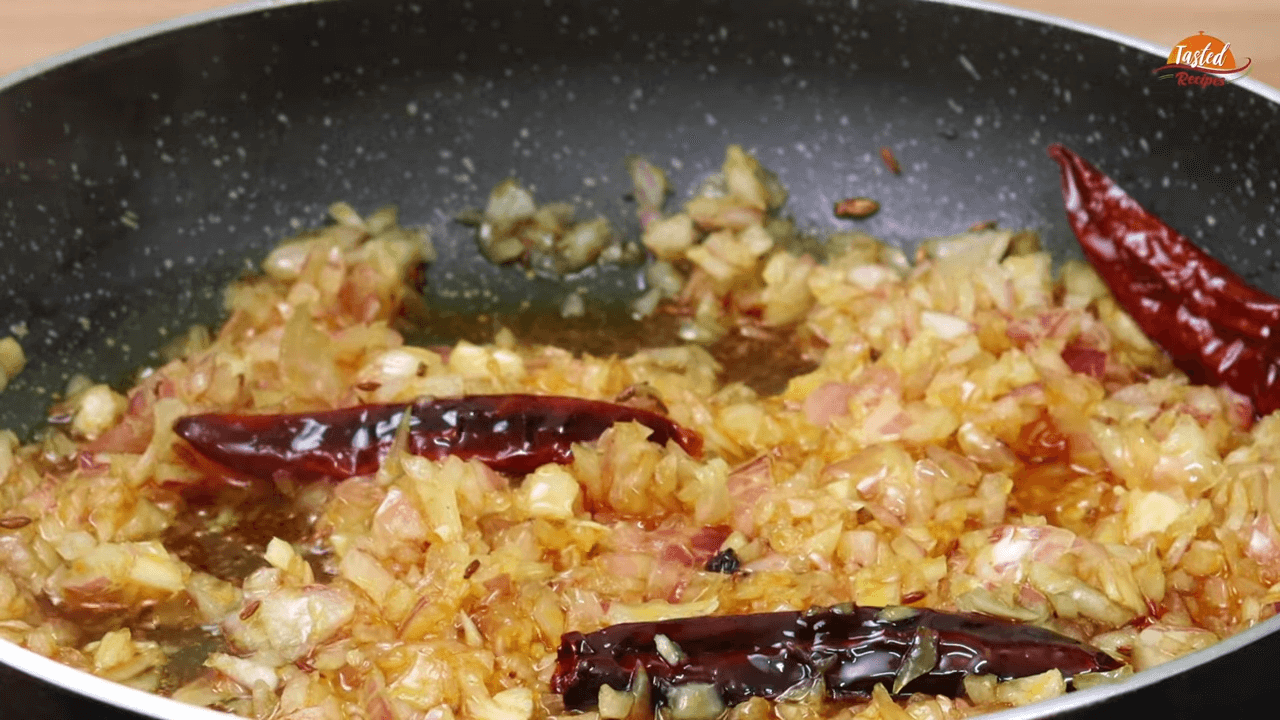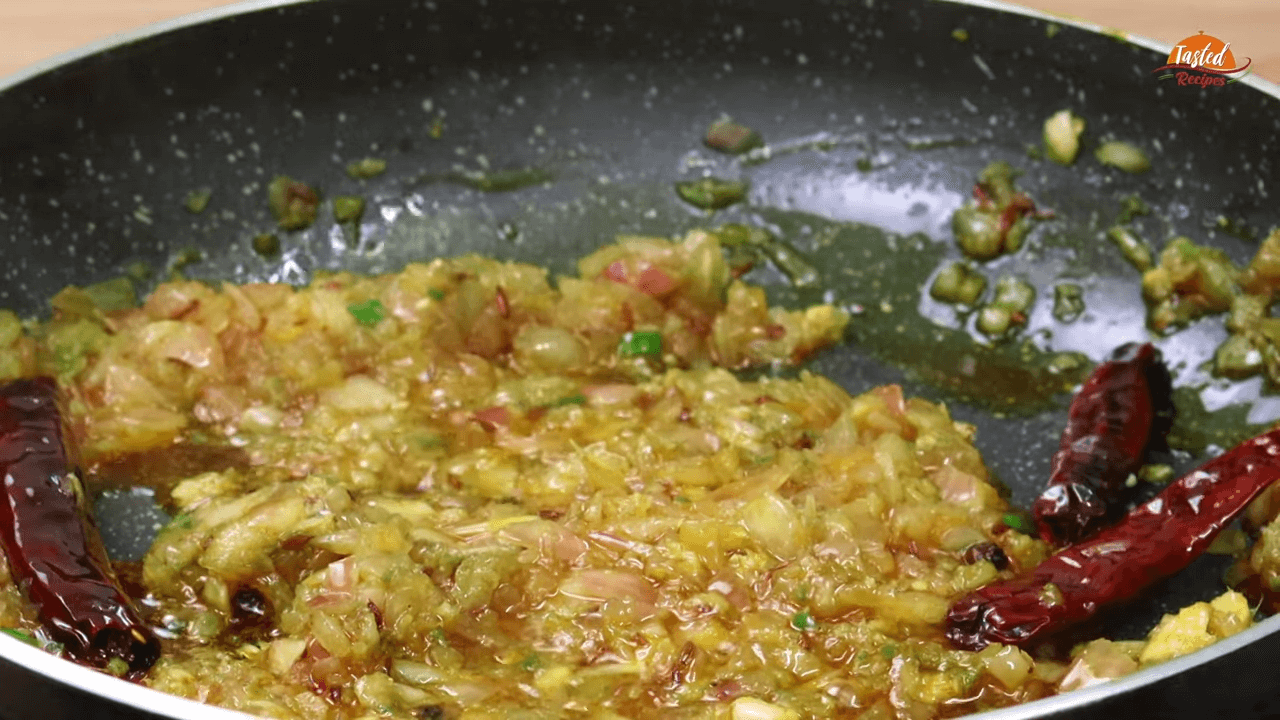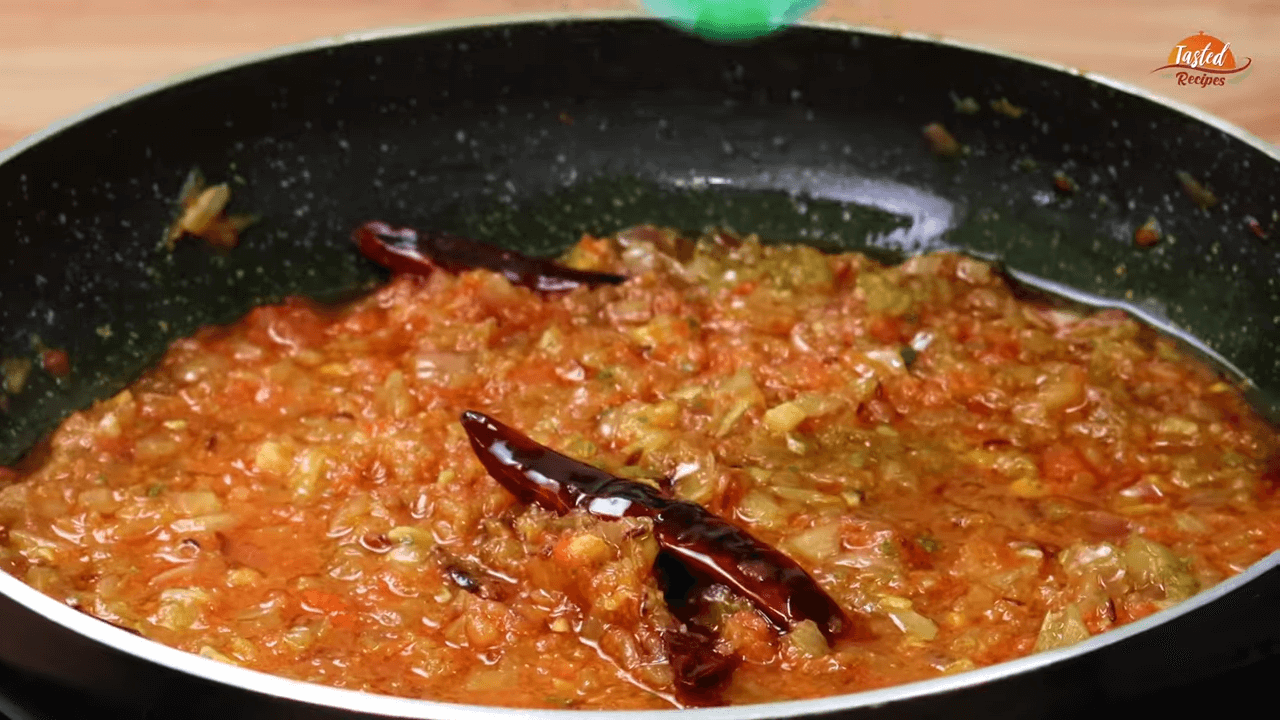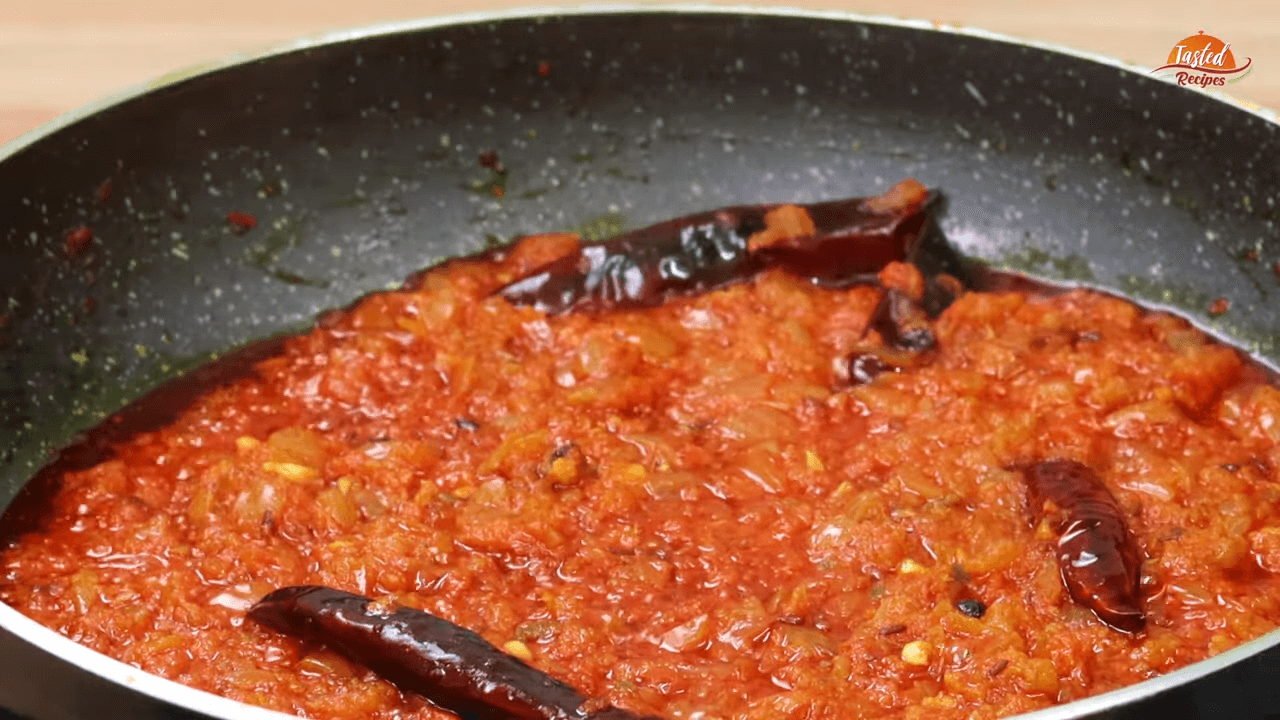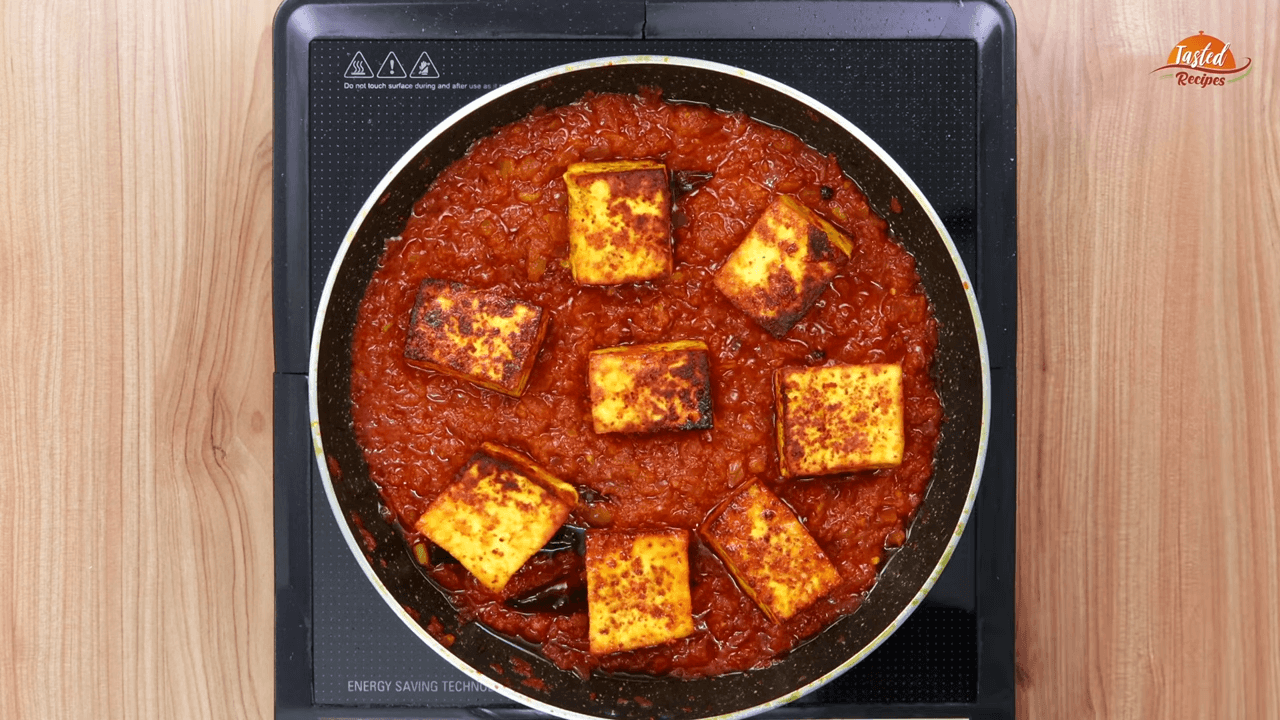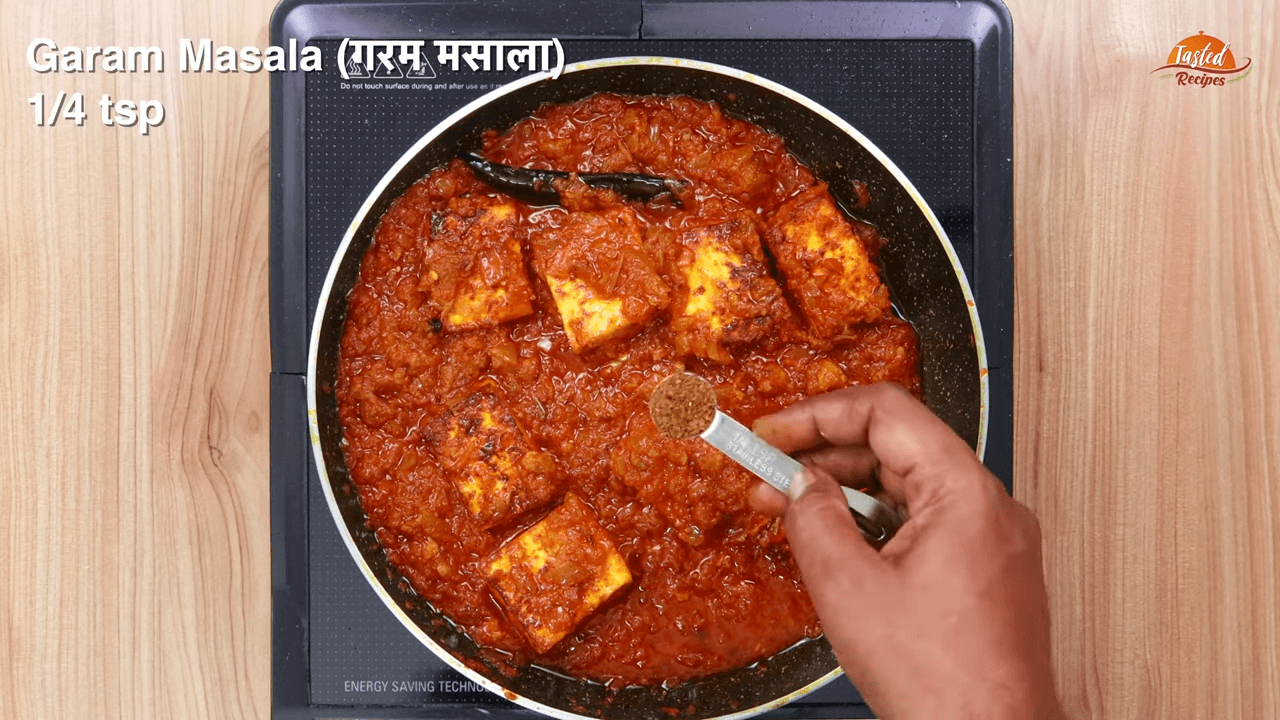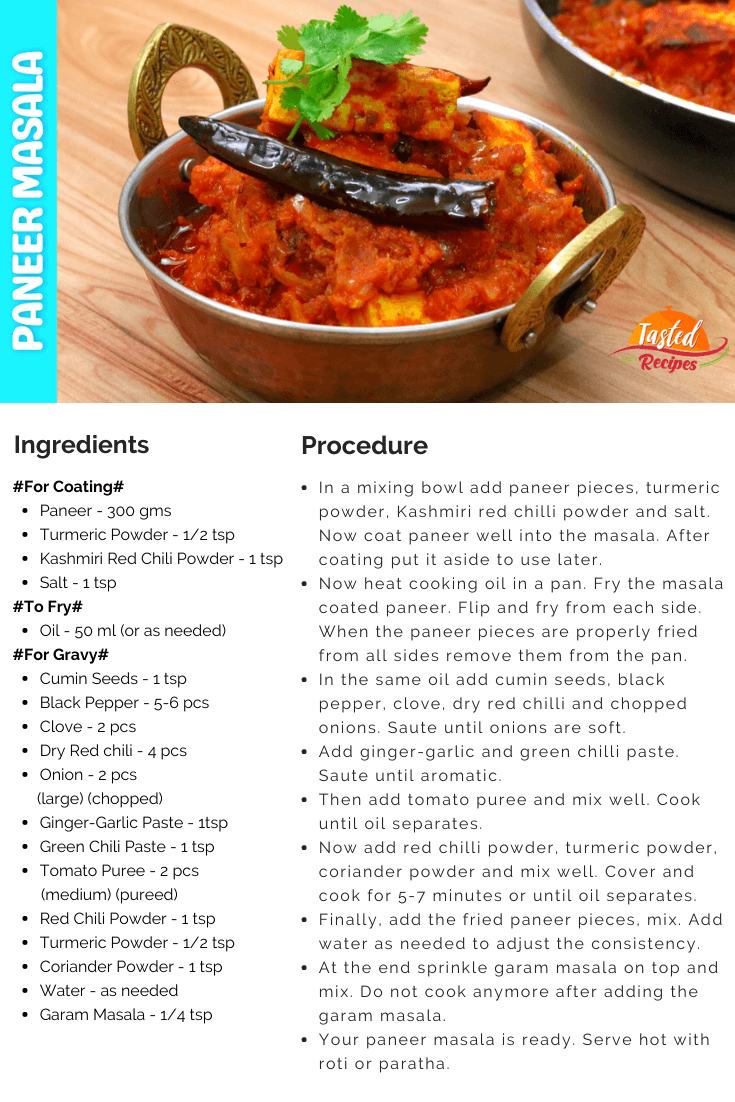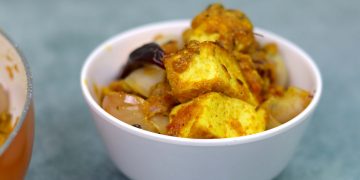Paneer Masala is the one recipe that I want to make again and again. The tangy tomato-based gravy is not only tempting but even easy to make. The final dish has an excellent taste and texture to gorge upon.
In a way, it is a blend of traditional flavours that are spicy and rich in taste. So, if you’re looking to dig into delicious paneer recipes, then this is it.
Minimal cooking time is the unique quality of this dish. I mean, you need half an hour from start to finish.
When masala coated, paneer pieces are fried in oil and mixed with a tomato and onion based gravy, giving you paneer masala. Okay, now here is a minor tweak. We are not precisely making gravy.
Add little water to make it lachkedar instead of gravy. Lachkedar means a thick paste-like structure that is not free-flowing.
How’s it Different from other Paneer Dishes?
Each paneer recipe is different, and the same applies to paneer masala. The upfront difference between paneer recipes is taste, texture and aroma. For instance, Paneer Kali Mirch has an off white texture with a mild taste. On the other hand, Paneer Kolhapuri has a gorgeous red colour with a hot and spicy taste.
Not only does taste and texture, but paneer recipes differ in how they are made—for example, Paneer-Do-Pyaza. The onion in paneer-do-pyaza is sauteed separately and goes into the final dish. Another example is Paneer Angara. It has a thick gravy with a smokey taste and fragrance.
This recipe shares many similarities with other paneer dishes, such as the onion and tomato-based gravy paste. Therefore, it is valid for a series of other paneer recipes. Secondly, coating paneer in masala and then frying. Again this is religiously repeated in many of my paneer dishes. I like the crispy flavour of paneer when it is shallow fried.
The bottom line is it has similar traits to other paneer recipes in terms of ingredients, taste and texture. However, it completely differs when it comes to making.
Coating & Frying Paneer
To fry paneer before cooking is a general practice that people follow. On the contrary, it is magnificent even if you add paneer without frying. Here we will be doing it in a slightly different way.
We will coat the paneer pieces in powdered masala and then fry them. Likely, the masala powder will quickly drop off the paneer pieces in hot oil; hence, after coating, set it aside for 5-10 minutes.
One more thing, do not deep fry the paneer. Only shallow fry it. Additionally, flip and fry paneer from every side. That’s it.
Lachka Gravy of Paneer Masala
The second best thing about paneer masala is the lachka gravy. The word lachka is quite popular here in India regarding street food. It means a semi-liquid form of gravy that is not thin. In short, a significantly less amount of water in the gravy. We will be doing the same here.
The base of our lachka gravy is the tomato puree, onion and other green masalas, aka hara masala—for instance, ginger, garlic and green chilli paste. Since we are making the lachka gravy, the quantity of water will be less. There’s no point in adding more water and cooking to burn the access water for longer.
Doing this will spoil the taste and texture of your recipe. Therefore, add water gradually as required. Once your lachka gravy is ready, add the fried paneer pieces and mix. Your paneer masala is ready.
Paneer Masala Extra Shots
It’s time for some helpful tips. Here they are:
- Set aside the paneer with masala coating so that the flavours integrate nicely.
- Shallow fry the masala coated paneer and not deep fry. Remember this.
- Do not worry if the masala coating comes out off paneer in hot oil.
- Use the same cooking oil to saute the whole spice.
- Do not add excess water to make the gravy thin. We need a thick consistency.
- Tomato and onion are the thick gravy base; hence, don’t skip them.
So that was our paneer masala recipe with a thick gravy.
